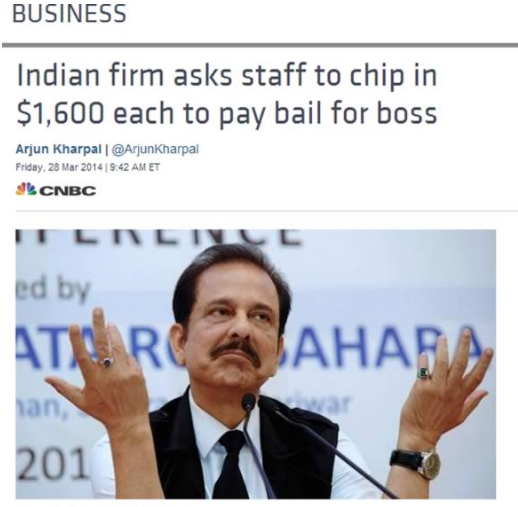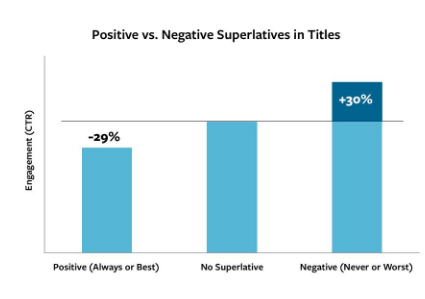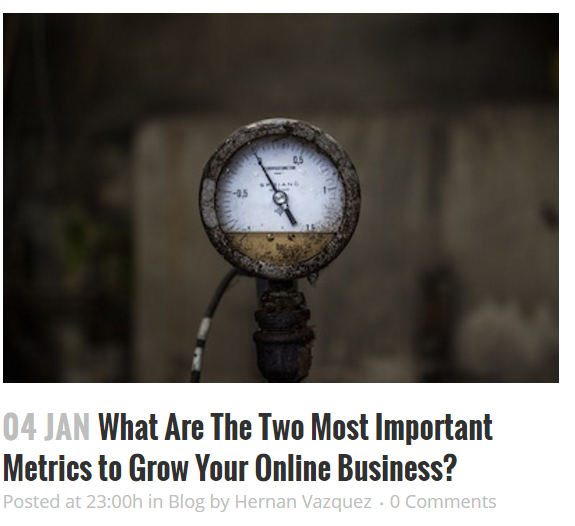
Want the perfect headline that ensnares and enchants your audience? It’s not enough to be the perfect wordsmith. You’ve got to get scientific with it.
Writing a compelling blog, article, or press release that drives conversions is no simple task. While many of us can churn out a few generic blog posts a day, it takes more than a random assortment of words to convince your audience that you’re trustworthy enough to do business with.
Headlines are your way to grab the attention of your target audience and prompt them to pay attention to what you’re doing. The right headline can grow your audience and your brand. If you consider the fact that your headlines are constantly showing up in a sea of alternative media, you’ll recognize just how important it is to make sure that yours stands out.

Unfortunately, it’s tough to find the perfect headline. After all, you can write that initial piece of text in billions of different ways. Even the title of this blog post could change to suit a host of different tones and styles.
But if you’re willing to look at the science and psychology behind marketing, you can get a deeper insight into the formulas that work best when it comes to persuading someone to read and engage with your copy. Here are 5 of the options that have been academically proven to make an impact.
Formula 1: Surprise, Surprise!
This might be one of the toughest formulas to accomplish, but it can also have the biggest impact when done right. After all, if you read something that makes you question your beliefs or totally jolts you out of your comfort zone, you’ll likely to want to know more.
The research conducted in “Made to Stick” suggests that surprise works to capture our attention because our brains are more susceptible to feelings of excitement and pleasure when we experience things that are unpredictably pleasant.
In other words, if you search for pictures of puppies online, their adorable images are sure to make you smile. But when you compare that to seeing a puppy on the street with his owner in the middle of a dreary day, you can see the difference. In the second instance, you feel a greater rush of pleasure because you weren’t expecting the treat.
Surprises are stimulating, but marketers need to make sure they’re positive – not negative. Remember, you want to surprise your audience, not shock them.
Formula 2: The Pessimist Perspective
Whenever you browse the internet today, you’ll see countless websites claiming they have the “best” list of places to visit in Europe or a guide on how to achieve the “biggest” savings on your energy bills. While these superlatives can be effective, research suggests that negative words are often more powerful.
An “Outbrain” study of 65,000 titles compared positive headlines with negative ones and discovered that positive superlatives received 29% fewer click-throughs than non-superlative options, while negative superlatives performed 30% better.
Customers today are more cynical when it comes to reading things online, and they expect the average business to claim that they have the most incredible product, service, or blog post around.
In that sense, negative superlatives draw attention to the first formula we mentioned above – the element of surprise. You’re not expecting to see a negative word in a headline, so you’re intrigued enough to explore further.
At the same time, using negative words encourages our inner need to protect ourselves. This is why, as much as you might roll your eyes at those “fear-mongering” clickbait headlines you see online, you often feel tempted to click through. The concept works because of the psychological issue of “loss aversion.”
People are more driven to avoid loss than they are to gain something positive. In other words, we feel more compelled to read an article about “The worst way to write headlines,” than “The best way.”
Formula 3: Curiosity Converted the Customer
Human beings like learning new things.
As much as we enjoy telling ourselves that we know everything during moments of self-confidence, we also recognize the value in expanding our skills – particularly in areas of life that are important to us.
That’s why, if you’re a baker, you might be keen to read an article about how to create the perfect bread, or if you’re a marketer, you might want to learn how to boost your conversions.
The presence of the words “How To” in your article instantly draws attention to the value that you’re offering through your post. After all, you’re immediately giving your target audience an insight into how you’re going to thank them for their engagement – with plenty of great information.
If you take a look at “Oribi Blog’s” study on headlines, you’ll find that there was a huge boost in the viral performance of an article named “How to use Android SDK,” compared to when the title was simply called “A beginners guide.”
While the content within your article stays the same, the words “How To” help promote the psychological phenomenon known as the “curiosity gap,” which is the gap that exists between what you know, and what you want to know. Again, this curiosity draws attention to the “loss aversion” techniques of marketing because people instantly begin to feel a sense of deprivation when they realize there’s something they don’t know.
Of course, you don’t have to use “How To” to generate curiosity. You can also use a range of other techniques — such as questions.
A question like: “What’s the scientific formula for writing the perfect headline?” pushes readers to consider their knowledge and the value of expanding it. Just make sure that the questions you ask correspond with the needs and desires of your audience.
Formula 4: The Number Game
At the start of this article, we told you that we’d be looking at 5 options for headline formulas, and that’s exactly what you’re going to get. Numbers work well in headlines because they give a sense of predictability to the reader.
Going against the concept of “surprise” that we covered in Formula 1, using numbers in your title gives your audience a distinct and measurable insight into the value that they’re going to get from reading a blog post.
This phenomenon can link to the psychological phenomenon that occurs when we’re waiting in line for something. If you’re waiting — say at the DMV — then your experience of time alters because you have no idea how long your wait is going to be.
Alternatively, if someone calls and tells you that they’re going to be thirty minutes late to your meeting, you’ll probably feel angry at first, but you’ll quickly adjust because you know exactly what to expect.
Numbers act as a form of expectation management for your audience. Since we’re all looking for valuable information in a quick and accessible format, it’s no wonder audiences prefer number-based headlines to any other option.
Formula 5: Getting Personal
Finally, everyone likes to feel special.
If people feel that blog posts are specifically for them, they’re much more inclined to read it. Think back to the time when Coca-Cola launched their campaign using names across bottles and cans. The liquid inside didn’t taste any different, but sales skyrocketed for the brand because people liked the idea that they were buying something personalized.
Though you can’t address all your readers by name in your headlines, you can directly reference them simply by using the word “You.”
Take this headline for example, “The scientific formula you need for writing the perfect headline.” When you target your audience with your headline, you’re convincing their brains to say “Hey, that’s for me!”
This approach also draws attention to the fact that readers are constantly looking for evidence of value in the things they’re reading. When you speak directly to your customers and indicate that you can alleviate their problems, or accomplish their desires, you answer their primary question of: “What’s in it for me?”
Writing the Perfect Headline
Obviously, it would be impossible to use these strategies in the same headline, but you can use a variety of them depending on the impact you want your posts to have. Remember, just as with anything else in marketing, you may need to do some testing to find out which options work best for you, and your target market.





